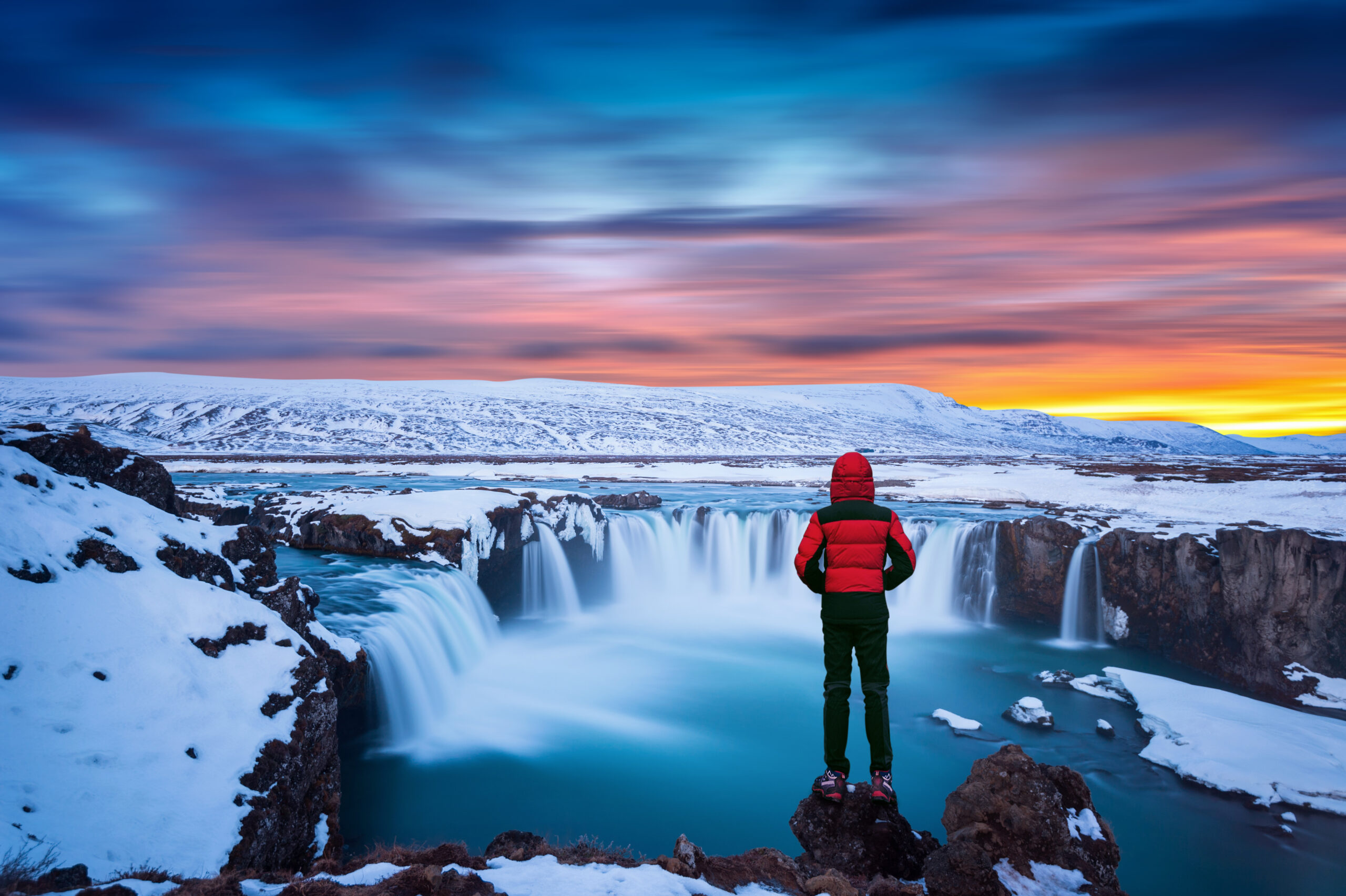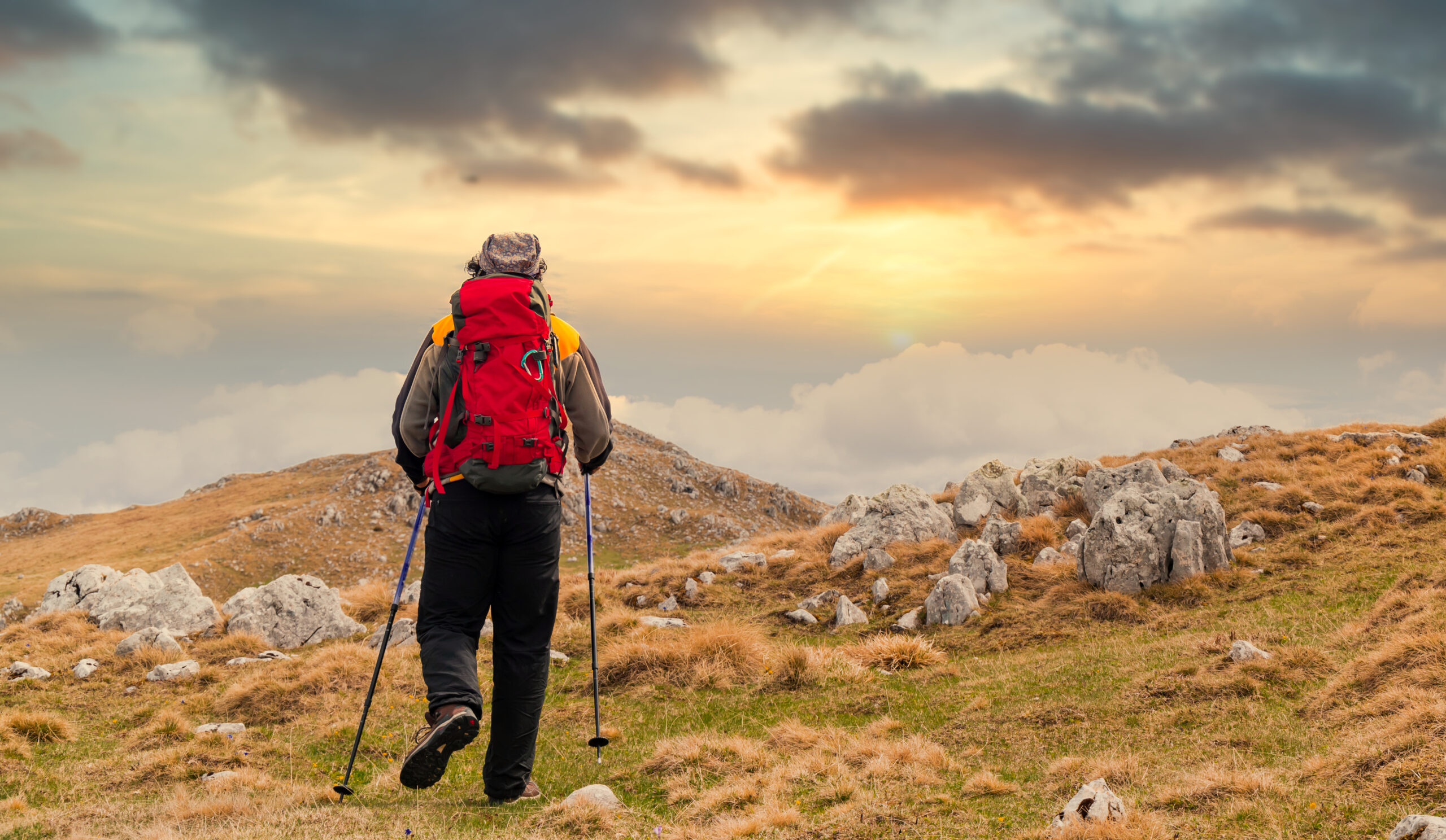Exploring the Amazon Rainforest: What You Need to Know

The Amazon Rainforest is a place of mythic proportions—a sprawling, vibrant ecosystem teeming with life, mystery, and unparalleled beauty. Spanning nine countries and covering over 5.5 million square kilometers, it’s often referred to as the “lungs of the Earth” for its role in producing 20% of the world’s oxygen. But beyond its ecological significance, the Amazon is a destination that calls to adventurers, nature lovers, and curious travelers alike. If you’re considering embarking on one of the many Amazon Rainforest tours, this guide will equip you with everything you need to know to plan an unforgettable journey.
1. The Amazon Rainforest: A Quick Overview
Before diving into the logistics of exploring the Amazon, it’s essential to understand what makes this region so unique.
Biodiversity Hotspot
The Amazon is home to approximately 10% of the world’s known species, including:
- 40,000 plant species (many found nowhere else on Earth).
- 3,000 freshwater fish species (like the infamous piranha and majestic arapaima).
- 1,300 bird species (including macaws, toucans, and harpy eagles).
- 430+ mammal species (jaguars, sloths, pink river dolphins, and capybaras).
This staggering biodiversity makes every hike, boat ride, or canopy walk an opportunity for discovery.
Indigenous Communities
Over 400 indigenous tribes call the Amazon home, many of whom have lived in harmony with the rainforest for millennia. Their knowledge of the land, medicinal plants, and sustainable practices offers invaluable lessons for visitors. Respectful engagement with these communities is a cornerstone of responsible Amazon Rainforest tours.
Climate and Geography
The Amazon’s climate is hot and humid year-round, with temperatures averaging 25–30°C (77–86°F). The region has two distinct seasons:
- Wet Season (December–May): Rivers swell, creating flooded forests ideal for canoeing.
- Dry Season (June–November): Trails become accessible, and wildlife congregates around water sources.
2. Why Visit the Amazon Rainforest?
Traveling to the Amazon isn’t just a vacation—it’s an immersive experience that challenges perspectives and ignites a deeper connection to nature.
Unmatched Wildlife Encounters
From spotting a family of monkeys swinging through the canopy to witnessing the eerie glow of bioluminescent fungi at night, the Amazon offers wildlife encounters that zoos simply can’t replicate.
Adventure and Exploration
Whether you’re paddling through narrow tributaries, trekking under towering kapok trees, or sleeping in a jungle lodge, the Amazon is the ultimate playground for adventurers.
Cultural Immersion
Many Amazon Rainforest tours include visits to indigenous villages, where travelers can learn about traditional crafts, storytelling, and survival techniques. These interactions foster cross-cultural understanding and support local economies.
Environmental Awareness
Seeing the Amazon firsthand highlights the urgency of conservation efforts. Deforestation, illegal mining, and climate change threaten this fragile ecosystem, and responsible tourism helps fund protection initiatives.
3. Planning Your Amazon Rainforest Tour
A successful trip to the Amazon requires careful planning. Here’s how to get started:
Choosing Your Base Country
The Amazon spans Brazil, Peru, Colombia, Ecuador, Bolivia, Venezuela, Guyana, Suriname, and French Guiana. Each offers unique experiences:
- Brazil: The largest portion of the rainforest, with iconic destinations like Manaus and the Meeting of Waters.
- Peru: Combines Amazon adventures with Machu Picchu via gateway cities like Puerto Maldonado or Iquitos.
- Ecuador: Offers accessible rainforest lodges near Yasuní National Park, one of the most biodiverse places on Earth.
Types of Tours
- Lodge-Based Stays: Ideal for first-timers, with guided activities and comfortable accommodations.
- River Cruises: Explore remote areas while enjoying onboard amenities.
- Expedition-Style Trips: Multi-day treks for seasoned adventurers.
- Community-Led Tours: Support indigenous initiatives directly.
When to Go
- Wildlife Viewing: Dry season (June–November) for animal sightings; wet season (December–May) for birdwatching and canoeing.
- Fewer Crowds: Shoulder months (April–May or October–November) offer a balance.
4. Essential Packing List
Packing wisely ensures comfort and safety in the rainforest:
- Clothing: Lightweight, moisture-wicking layers; long sleeves/pants for bug protection.
- Footwear: Waterproof hiking boots and sandals with straps.
- Gear: Headlamp, reusable water bottle, dry bags, binoculars.
- Health: Insect repellent (DEET-based), sunscreen, malaria prophylaxis (if recommended).
5. Top Activities in the Amazon
Maximize your experience with these must-do activities:
Canopy Walks and Zip-Lining
Walk among treetops to observe birds, monkeys, and epiphytes up close.
Night Safaris
Spot nocturnal creatures like caimans, tarantulas, and frogs with the help of a guide’s spotlight.
Piranha Fishing
Test your luck (and bravery) by catching these razor-toothed fish—then release them unharmed!
Visit a Clay Lick
Watch hundreds of parrots gather to eat mineral-rich clay—a spectacle of color and sound.
6. Ethical Considerations
The Amazon’s fragility demands responsible travel practices:
- Choose Eco-Certified Operators: Look for certifications like Rainforest Alliance or local sustainability seals.
- Minimize Waste: Avoid single-use plastics; pack out all trash.
- Respect Wildlife: Keep a safe distance and never feed animals.
- Support Local Communities: Purchase handicrafts directly from artisans.
7. Safety Tips
While the Amazon is awe-inspiring, it’s not without risks:
- Stay with Your Guide: The jungle is easy to get lost in.
- Beware of Wildlife: Avoid touching plants or animals (many are venomous).
- Hydrate and Protect: Heat exhaustion and mosquito-borne illnesses are real threats.
8. The Future of the Amazon
Your visit contributes to the rainforest’s preservation. By opting for Amazon Rainforest tours that prioritize sustainability, you help combat deforestation and empower local communities.
Conclusion: Answering the Call of the Wild
Exploring the Amazon Rainforest is a privilege—one that comes with a responsibility to protect it. Whether you’re navigating its rivers, learning from its people, or simply breathing in its verdant air, the Amazon leaves an indelible mark on every traveler. With careful planning and a mindful approach, your journey will not only be unforgettable but also a force for good in safeguarding this irreplaceable treasure.
Ready to embark on your adventure? The Amazon awaits. 🌿✨



